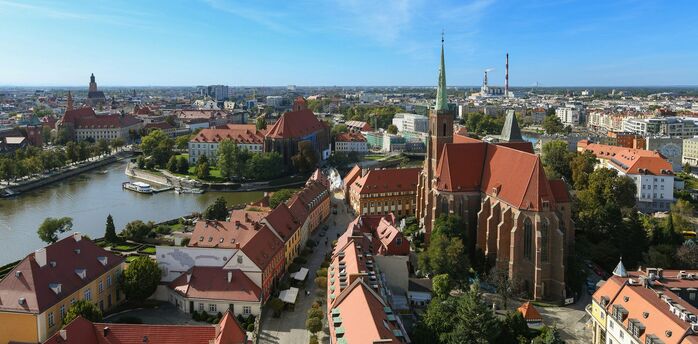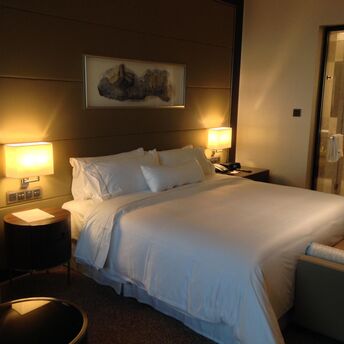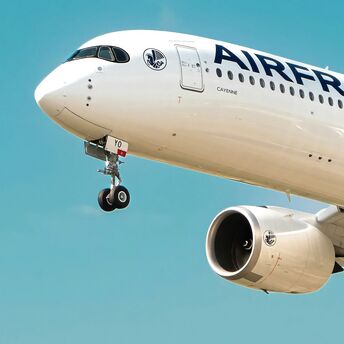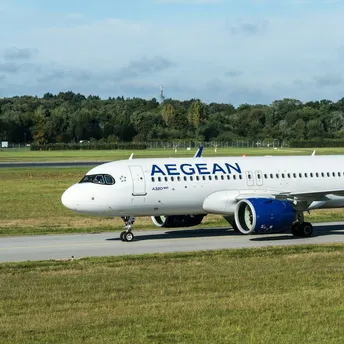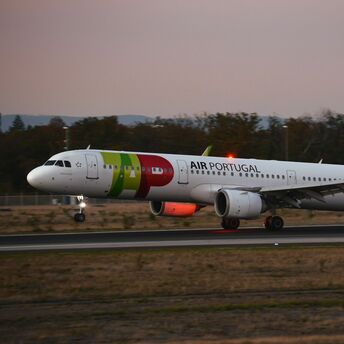Bangkok Becomes New Gateway to Da Nang and Siem Reap

In early June, Emirates launched two new routes that connect Bangkok with Da Nang in Vietnam and Siem Reap in Cambodia. While the flights technically begin in Dubai, it’s the stop in Bangkok that makes the connection to the final destinations possible. The service started on 2 and 3 June 2025 and uses Boeing 777-300ER aircraft. Travellers can now reach both cities in Southeast Asia on one itinerary without separate regional bookings.
Bangkok is the main link that makes these routes possible. Emirates treats Bangkok like a switch track on a railway line, where travellers wait before hopping onto their next flight heading toward either Da Nang or Siem Reap. This setup comes in handy for people flying in from Europe, who might otherwise have to patch together a longer and more tangled trip just to get to this corner of Southeast Asia.

Travellers heading onward to Siem Reap may find themselves near Angkor Wat, where quiet pools reflect tall stone towers and worn carvings from long ago. It's one of the places that still carry signs of earlier centuries. Nearby, the Angkor National Museum displays items from the Khmer period with simple notes describing what each object once was. It gives some background before stepping out to see the older remains outside.
Once in Da Nang, visitors may come across the Marble Mountains, a cluster of five rocky hills with caves, temples and views over the city. The area mixes natural surroundings with long-standing religious landmarks. Also in the city is My Khe Beach, a long stretch of coast used for swimming or walking. Getting to these spots no longer means looping through Vietnam’s busiest airports first, which makes the whole trip feel a lot less roundabout.
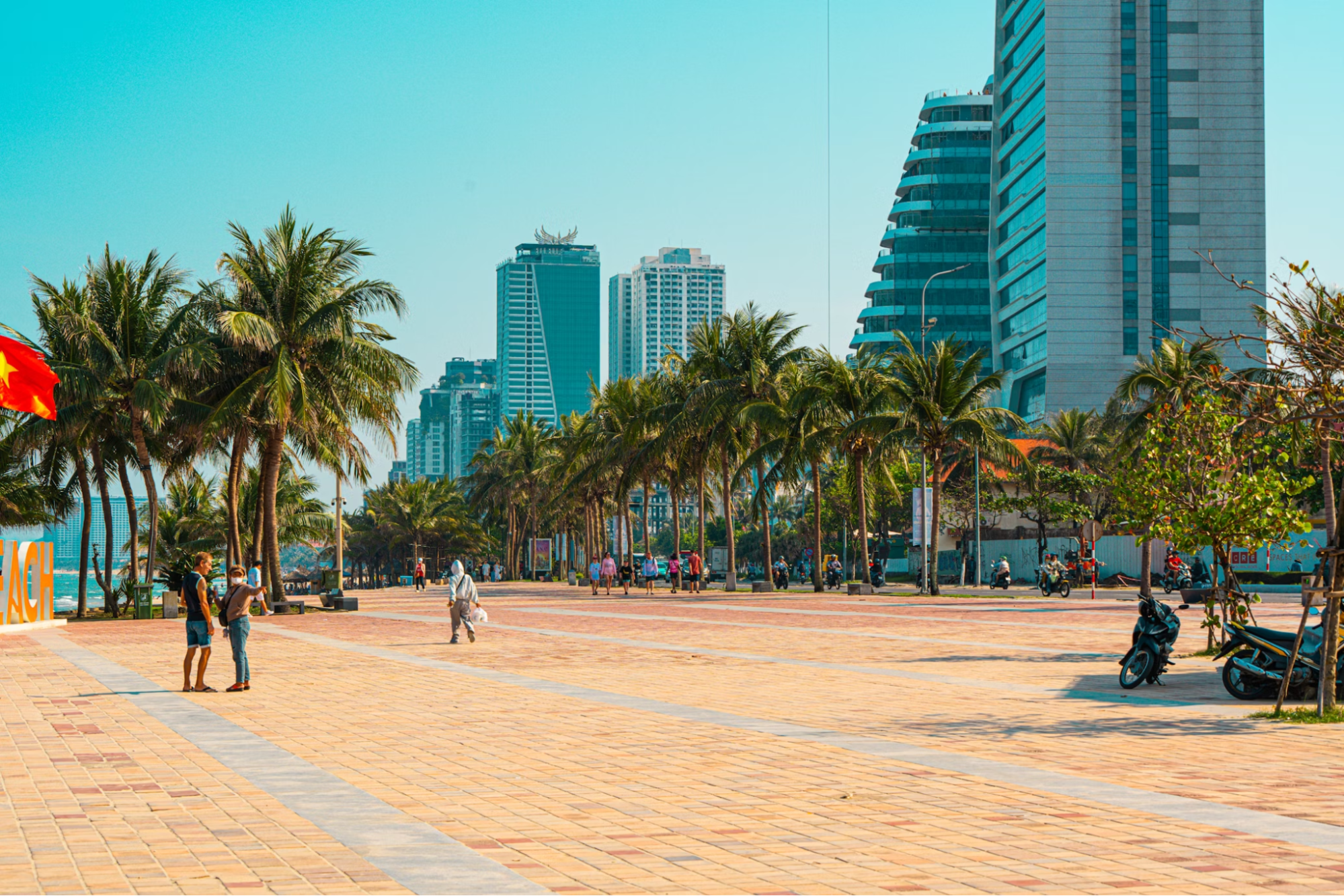
These new routes help untangle the usual mess of planning when travellers try to link several Asian cities into one trip. With Bangkok acting as a midpoint, passengers can combine long-haul and regional flights without relying on disconnected carriers or fragmented layovers. The new structure supports more flexible itineraries and improves access to cultural sites in Vietnam and Cambodia that were previously harder to include in streamlined travel plans.


